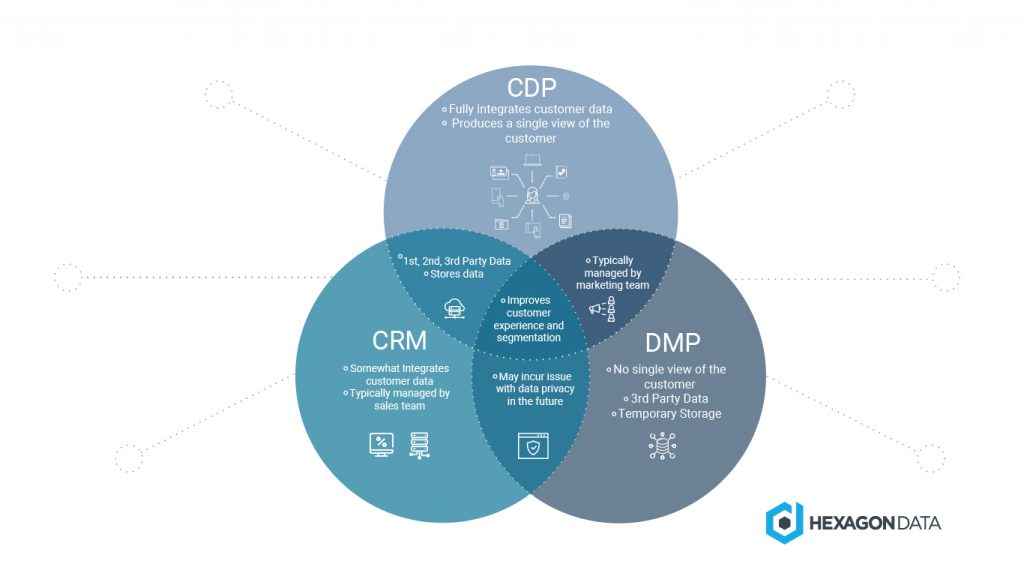
How Retailers are becoming Advertising Companies by Monetizing their Customer Data

Retailers have long been in the business of advertising their products to customers, but in recent years they have been finding new and innovative ways to monetize their customer data.
By collecting data on what customers are buying, retailers can target them with specific ads and offers that are likely to be of interest. This can be a very effective way to boost sales, and it can also help to build customer loyalty.
Some retailers are now taking things a step further by actually selling customer data to advertising companies. This can be a very lucrative source of income, and it can help to offset the cost of doing business.
It can also be a way to build customer loyalty, as customers who feel that their data is being used responsibly are more likely to stick with a retailer.
Retailers who are looking to monetize their customer data should make sure that they are doing so in a responsible way.
It is important to be clear about what data is being collected and how it is being used. Customers should also be given the opportunity to opt out if they don’t want their data to be used in this way.
Retailers who are able to successfully monetize their customer data can expect to see a significant boost in sales and loyalty. By taking advantage of this valuable resource, they can become major players in the advertising industry.
More articles
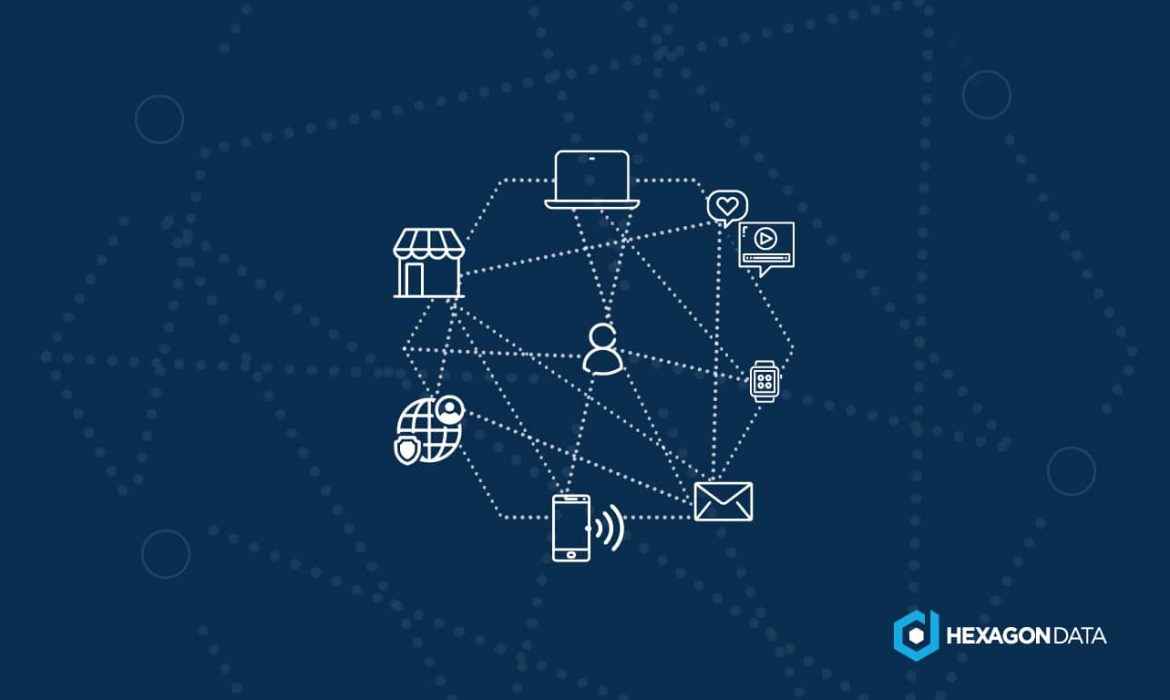
Basics of Omnichannel Content Personalization
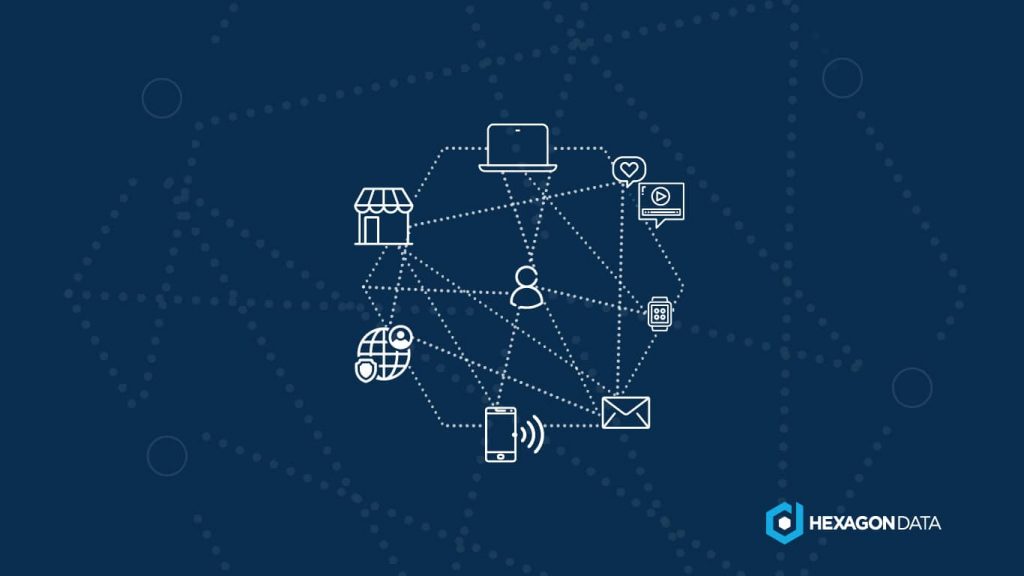
As customers receive more and more information, content personalization becomes more and more important to capture their attention.
But what does “omnichannel content personalization” mean, and how can businesses implement it?
Omnichannel content personalization refers to the practice of delivering unique, customized content to each customer, based on their unique preferences and needs.
This can be done in a variety of ways, including by tracking customer behavior and preferences across different channels and then using that data to personalize content accordingly.
There are many benefits to omnichannel content personalization.
The First benefit, it helps businesses to better understand their customers, and what they want and need.
This, in turn, helps businesses to create more relevant and effective content, which can improve customer engagement and loyalty.
Also, personalization can help businesses to stand out from the competition, and can even increase sales.
There are a few things businesses need to keep in mind when implementing omnichannel content personalization.
The most important thing is to have a good understanding of customer behavior and preferences and to track these across all channels.
Additionally, businesses need to have the technology and resources to personalize the content on a large scale.
Finally, it’s important to make sure that the content is actually relevant and useful to customers, or they will quickly lose interest.
Overall, omnichannel content personalization is a powerful tool that can help businesses to better connect with their customers and create more effective content.
In conclusion, by understanding customer behavior and preferences and using that data to personalize content, businesses can create a more personalized and engaging experience for their customers, which can lead to increased sales and loyalty.
More Articles

What is 2nd Party Data and why does it matter more than ever?
In the ever-changing digital landscape, staying ahead of the curve is essential for businesses looking to thrive. One important trend that all marketers should be aware of is the rise of Second-Party Data.
But what is 2nd party data, and why is it becoming so important?
Simply put, Second-party data is data that is shared between two parties who have a direct relationship with each other. For example, a business might share its customer data with a partner in order to improve its marketing efforts.

There are a number of reasons why Second-Party Data is becoming more important. Firstly, it is a more accurate representation of the customer than 3rd party data.
Because 2nd party data is shared between two parties who have a direct relationship, it is more likely to be accurate and up-to-date.
Secondly, 2nd party data is more likely to be relevant to the customer. Because it is more accurate and relevant, it is more likely to be used by the customer.
This means that businesses can target their marketing efforts more effectively, resulting in a higher ROI.
Finally, 2nd party data is more secure than 3rd party data, because it is shared between two parties who have a direct relationship, there is less chance of it being compromised.
This makes it a more reliable source of data for businesses.
So, if you’re looking to stay ahead of the curve, it’s important to start using Second-party data. By doing so, you’ll be able to target your marketing efforts more effectively, resulting in a higher ROI.
Do you want to learn more? other articles of interest

Using Marketing Data to Predict Sales
Using marketing data to predict sales is a valuable tool for businesses of all sizes.
First, by analyzing past data, businesses can get a better idea of what marketing efforts are most likely to result in sales, and can adjust their strategies accordingly.
Predicting the behavior and preferences of customers allows companies to have exponential and assertive growth, being able to visualize sales based on data allows identifying risks and opportunities, as well as making decisions based on data.
In addition, there are a number of different factors that can be analyzed to predict sales, including customer demographics, past sales data, and online search data.
Second, by understanding which factors are most important to customers, businesses can craft marketing messages that are more likely to resonate.
Additionally, analyzing online search data can help businesses understand what topics are of interest to their customers, and can help them target their advertising efforts accordingly.
Overall, using marketing data to predict sales can help businesses save time and money by allowing them to focus their efforts on the marketing strategies that are most likely to be successful.
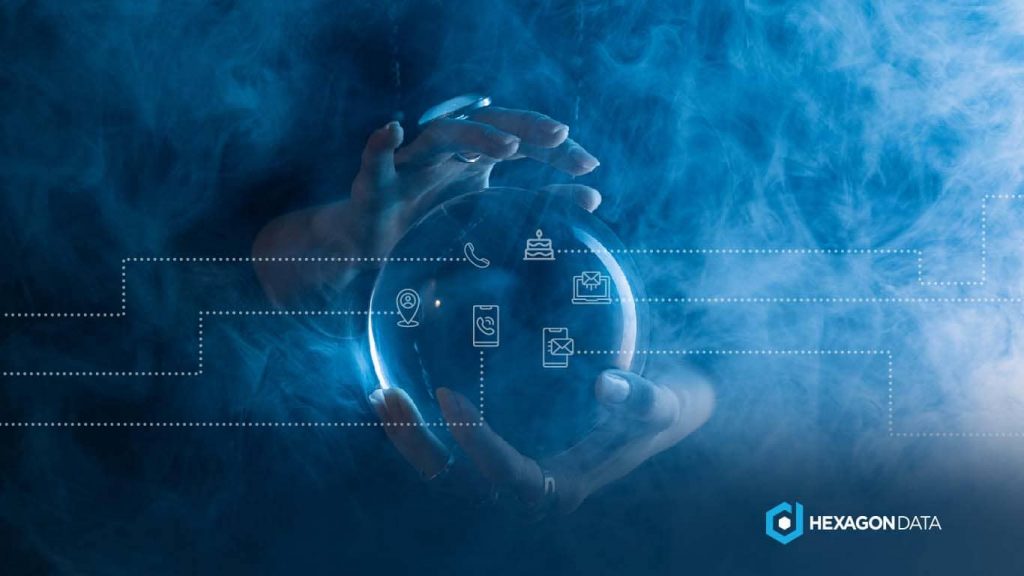
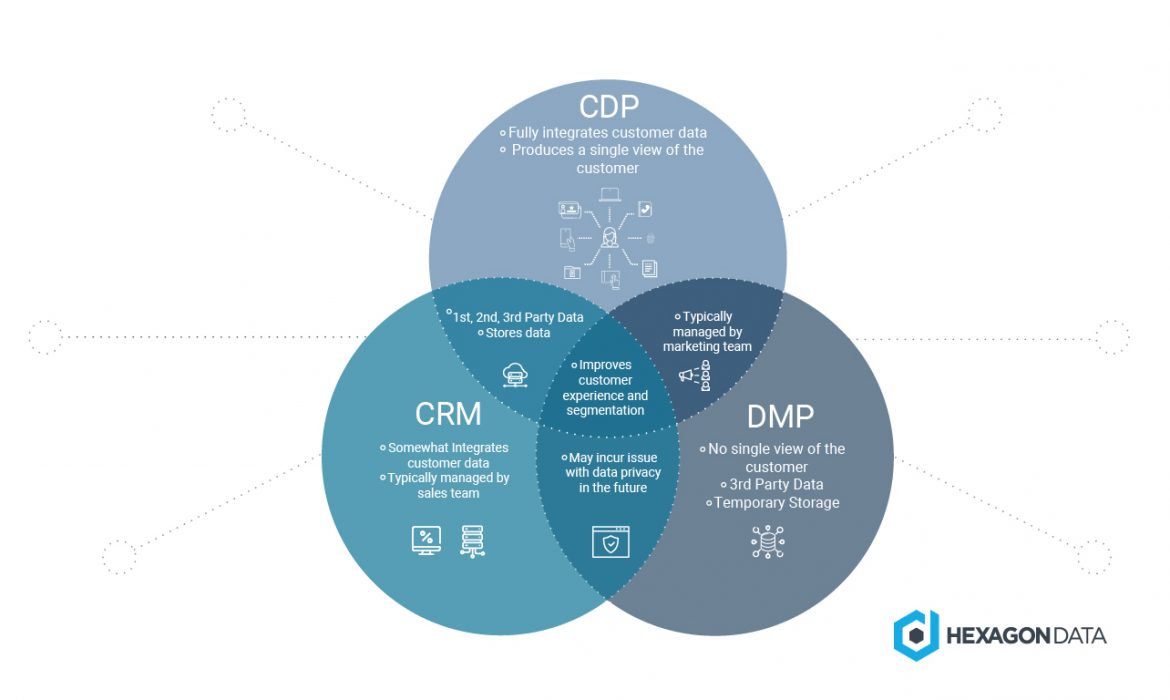
The Differences and Similarities of Marketing Data Platforms; CDP, CRM and DMP
There are many different types of marketing data platforms, but they all serve a common purpose: to collect and organize customer data. However, there are some differences and similarities between marketing data platforms that you should be aware of before choosing one for your business.
CRM are primarily used to manage customer relationships. They can collect data from a variety of sources, including sales and customer service and then use that data to create customer profiles. This information can then be used to personalize marketing messages and improve customer service.
CDP are similar to CRM platforms, but they also include functionality to manage marketing campaigns. This makes them a better choice for businesses that want to create and execute marketing campaigns in a more streamlined way. Also, a core component of CDPs is the ability to connect online and offline data.
DMP are focused exclusively on managing data. They can collect data from a variety of sources, including website interactions, social media, and purchase data, and then use that data to create customer profiles and target marketing messages.
When it comes to marketing data platforms, there are a few different types available on the market. But what are the differences and similarities between them?
The first type of marketing data platform is known as a customer data platform, or CDP. This type of platform is designed to collect data about customers from various sources, including websites, social media, and contact lists. The data is then cleansed and consolidated so that it can be used to create targeted marketing campaigns.
A second type of marketing data platform is known as a data management platform, or DMP. This type of platform is used to collect data from various sources, including online advertising (primarily programmatic) and website visits. The data is then cleansed and consolidated so that it can be used to create targeted marketing campaigns.
The key difference between CDPs and DMPs is that CDPs are designed to collect mostly 1st party data about customers, while DMPs are designed to collect mostly data linked to anonymous profiles from website visitors.
Both CDPs and DMPs can be used to create targeted marketing campaigns, but they are not interchangeable. CDPs are better suited for campaigns that target individual customers, while DMPs are better suited for campaigns that target groups of customers, or audiences.
So which type of marketing data platform is right for you? That depends on your needs and goals. If you want to target individual customers, then a CDP is the right choice. If you want to target groups of customers, then a DMP is the right choice.
